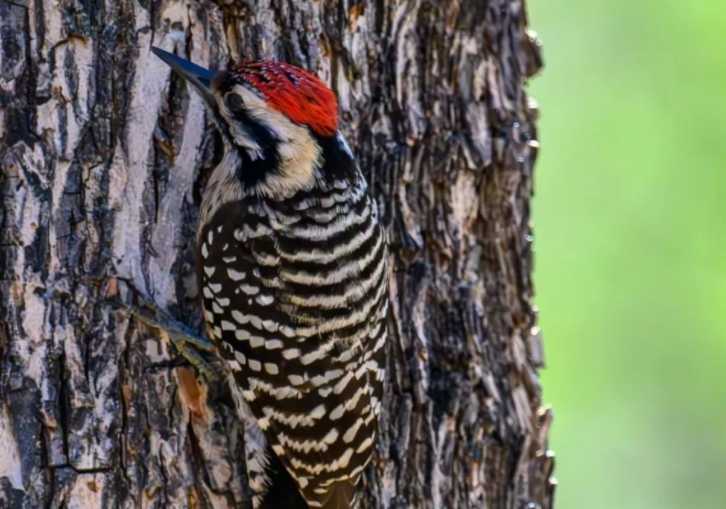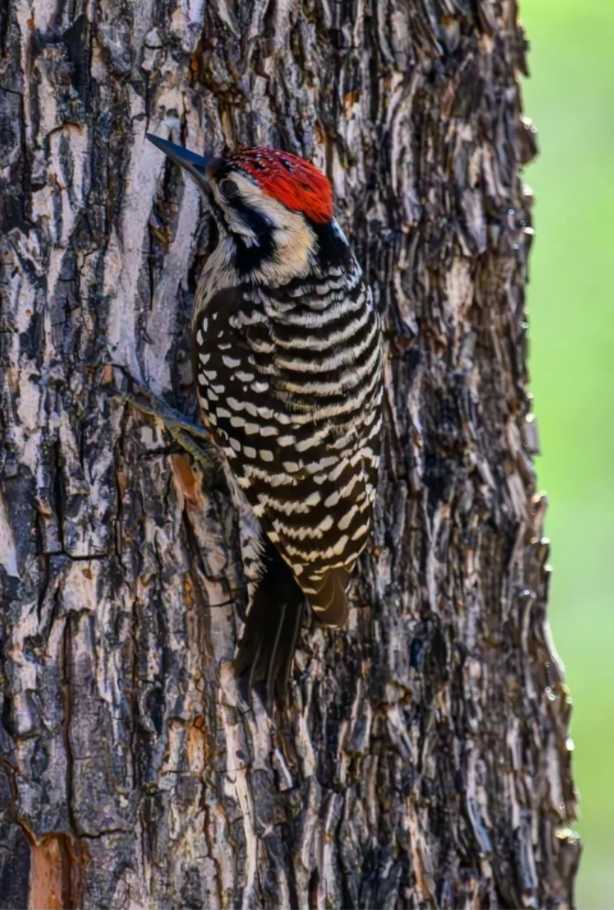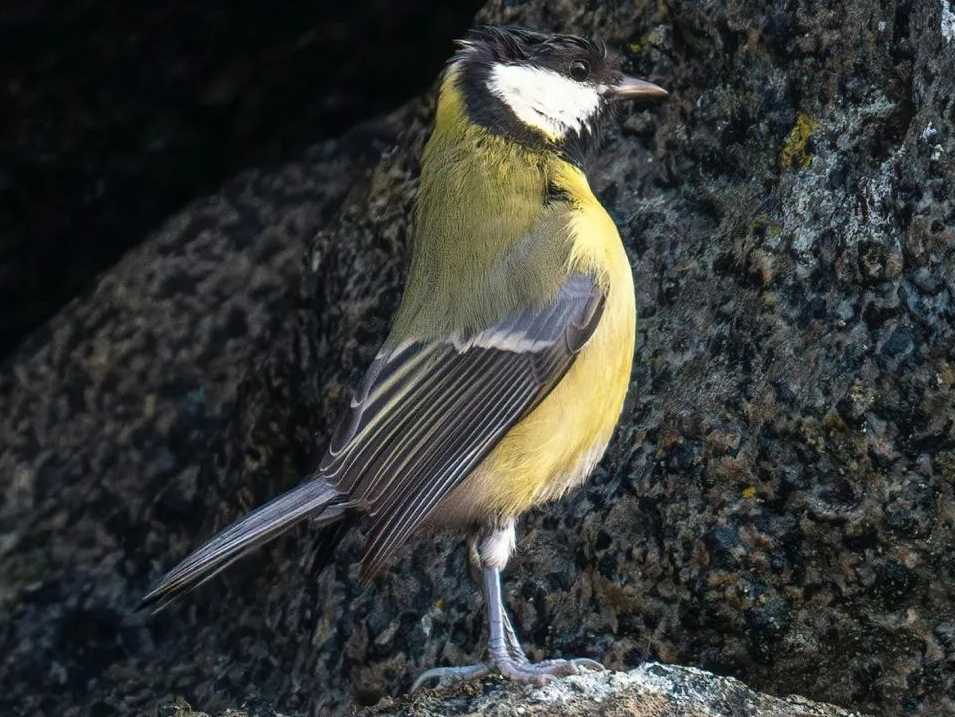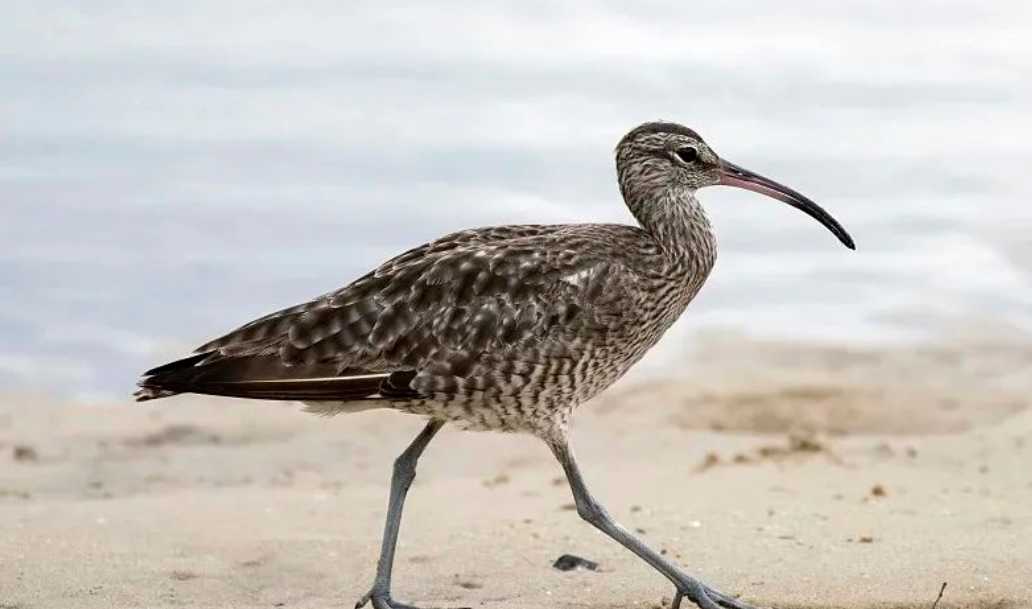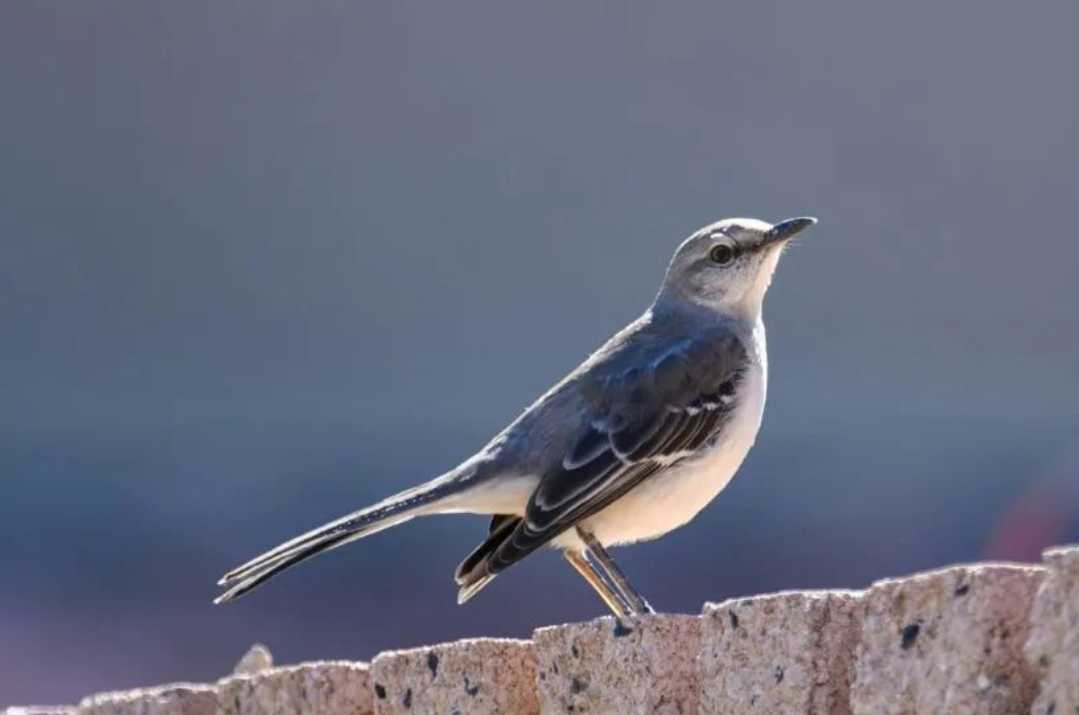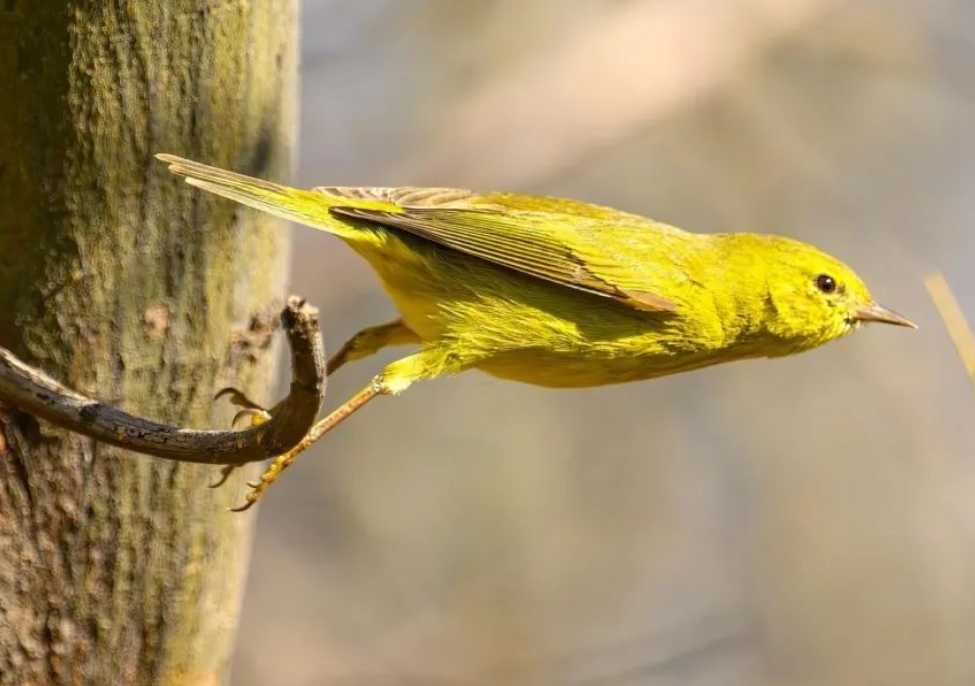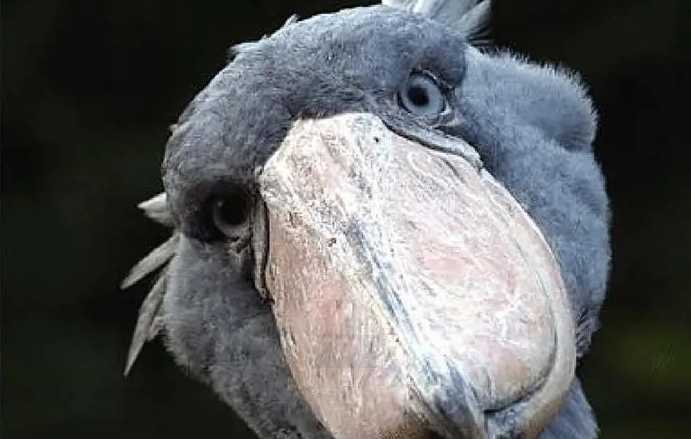The stripe - backed woodpecker, Veniliornis affinis, is a captivating bird species easily recognized by its unique appearance. Adorned with intricate black and white stripes across its back, a red cap on the male, and a sturdy chisel - like bill, it stands out as a distinctive inhabitant of the neotropical forests. This medium - sized woodpecker’s plumage patterns blend both elegance and functionality.
The Stripe - Backed Woodpecker: A Forest’s Master Craftsman
The stripe - backed woodpecker, Veniliornis affinis, is a captivating bird species easily recognized by its unique appearance. Adorned with intricate black and white stripes across its back, a red cap on the male, and a sturdy chisel - like bill, it stands out as a distinctive inhabitant of the neotropical forests. This medium - sized woodpecker’s plumage patterns blend both elegance and functionality.
Source: Images from the Internet, if there is any infringement, please contact the removal of
Native to the wooded regions of Central and South America, the stripe - backed woodpecker thrives in a variety of forest types, from humid lowlands to montane areas. It uses its powerful bill to drill into tree trunks and branches, searching for insects, larvae, and grubs that form the bulk of its diet. Additionally, it feeds on fruits and nuts, playing a crucial role in seed dispersal. During the breeding season, pairs excavate nest cavities in dead or decaying trees, showcasing their remarkable carpentry skills.
However, the stripe - backed woodpecker now confronts significant threats. Deforestation driven by logging, agriculture expansion, and urbanization rapidly destroys its habitats. The loss of large trees, which are essential for nesting and foraging, endangers its survival. Conservation groups are actively working to protect remaining forested areas, conduct research on its ecology, and raise public awareness to ensure the continued existence of this remarkable woodpecker species.
